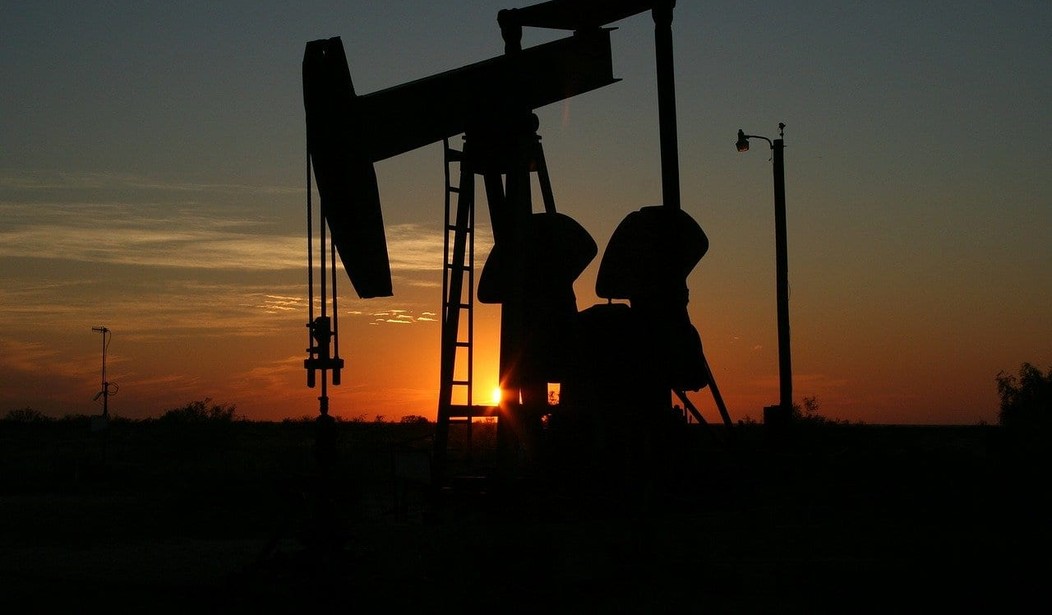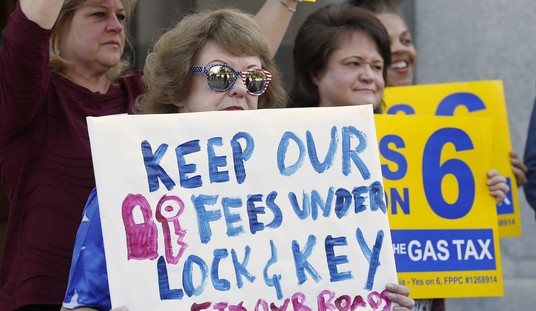A leading expert on carbon emissions says the world is on track to see the lowest CO2 emission since World War II, thanks to the world’s economy coming to a standstill.
Rob Jackson, who chairs the Global Carbon Project, which produces widely-watched annual emissions estimates, says that carbon output could fall as much as 5 percent — the first reductions since the 2008 financial crisis lowered the emissions about 1.5 percent.
“I wouldn’t be shocked to see a 5% or more drop in carbon dioxide emissions this year, something not seen since the end of World War Two,” Jackson, a professor of Earth system science at Stanford University in California, told Reuters in an email.
“Neither the fall of the Soviet Union nor the various oil or savings and loan crises of the past 50 years are likely to have affected emissions the way this crisis is,” he said.
And that’s scary. Some climate change advocates are celebrating the news — as if it’s a good thing the world’s economies are prostrate and people are suffering. But, directly addressing the concerns of climate change advocates, a 5 percent drop in CO2 emissions was achieved by forcing people and businesses to cease economic activity. In other words, despite about 60 percent of Americans being out of work or laid off and most businesses in all but a handful of states ceasing operations, we could only move the climate needle 5 percent.
The Paris Climate Agreement calls for a 50 percent reduction by 2050.
The prediction – among a range of new forecasts being produced by climate researchers – represents a tiny sliver of good news in the midst of crisis: Climate scientists had warned world governments that global emissions must start dropping by 2020 to avoid the worst impacts of climate change.
But the improvements are for all the wrong reasons, tied to a world-shaking global health emergency that has infected more than 950,000 people – while shuttering factories, grounding airlines and forcing hundreds of millions of people to stay at home to slow the contagion.
Experts warn that without structural change, the emissions declines caused by coronavirus could be short-lived and have little impact on the concentrations of carbon dioxide that have accumulated in the atmosphere over decades.
Already, China’s emissions — which had fallen 25 percent — are on the rebound.
That kind of resilience underscores the magnitude of the economic transformation that would be needed to meet the goals of an international deal brokered in Paris in 2015 to try to avert the most catastrophic climate change scenarios.
It’s not so much cutting emissions that would be a problem. We know how to do it and most of the technology exists to make the transformation.
The problem crops up in producing the same amount of energy — clean or dirty — at roughly the same cost. The fact that in 2020 there isn’t even a large-scale industrial demonstration project (not subsidized by government) proving that solar or wind power are ready to replace fossil fuels in efficiency and price means we’re still a decade or two away from even beginning to making the conversion.
The climate hysterics don’t care, of course. When you follow the advice of a little girl in pushing for a total and immediate ban on fossil fuels, you deserve whatever mockery you receive.
More sober-minded advocates might consider the true cost of what they’re proposing.










Join the conversation as a VIP Member